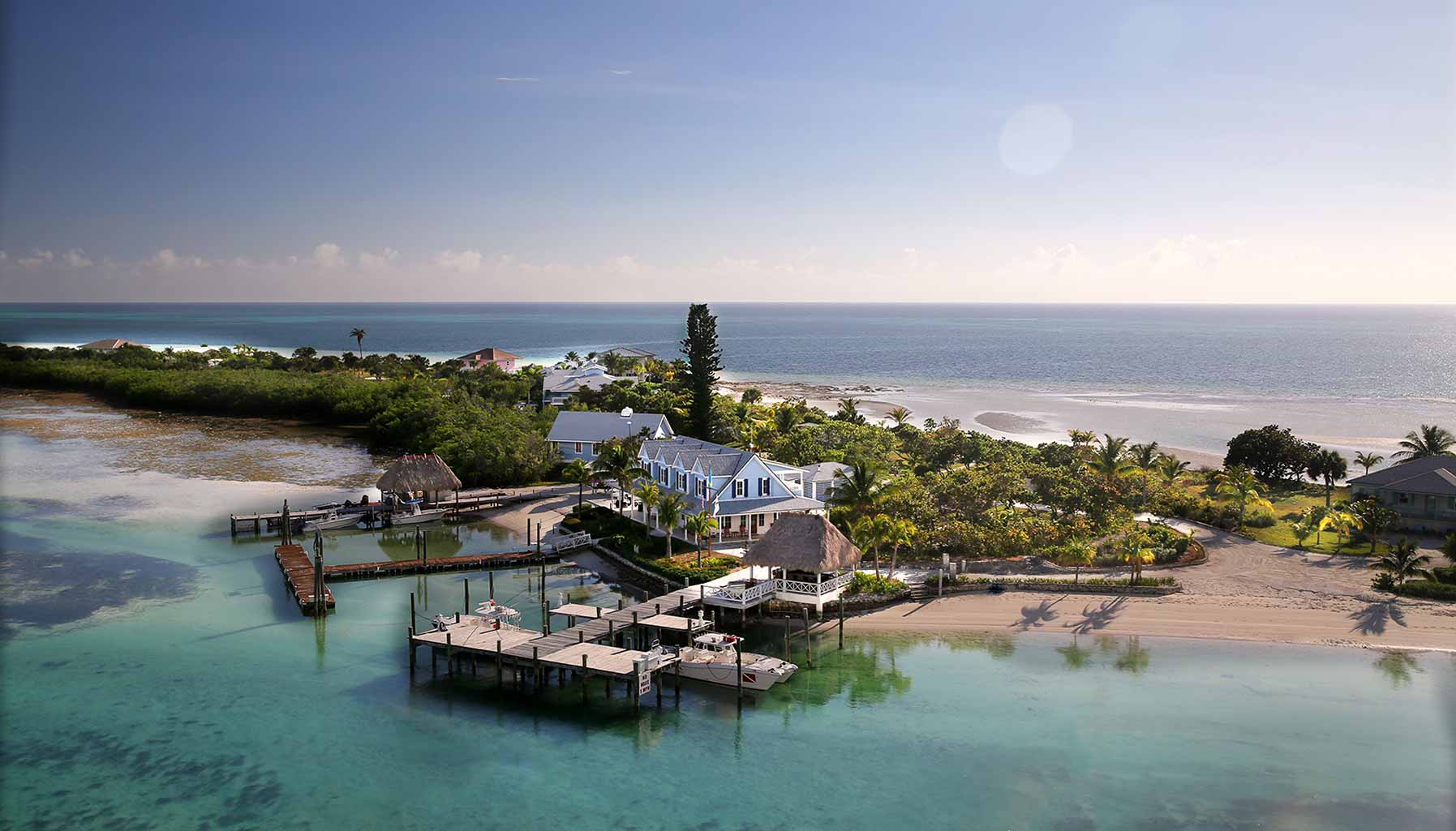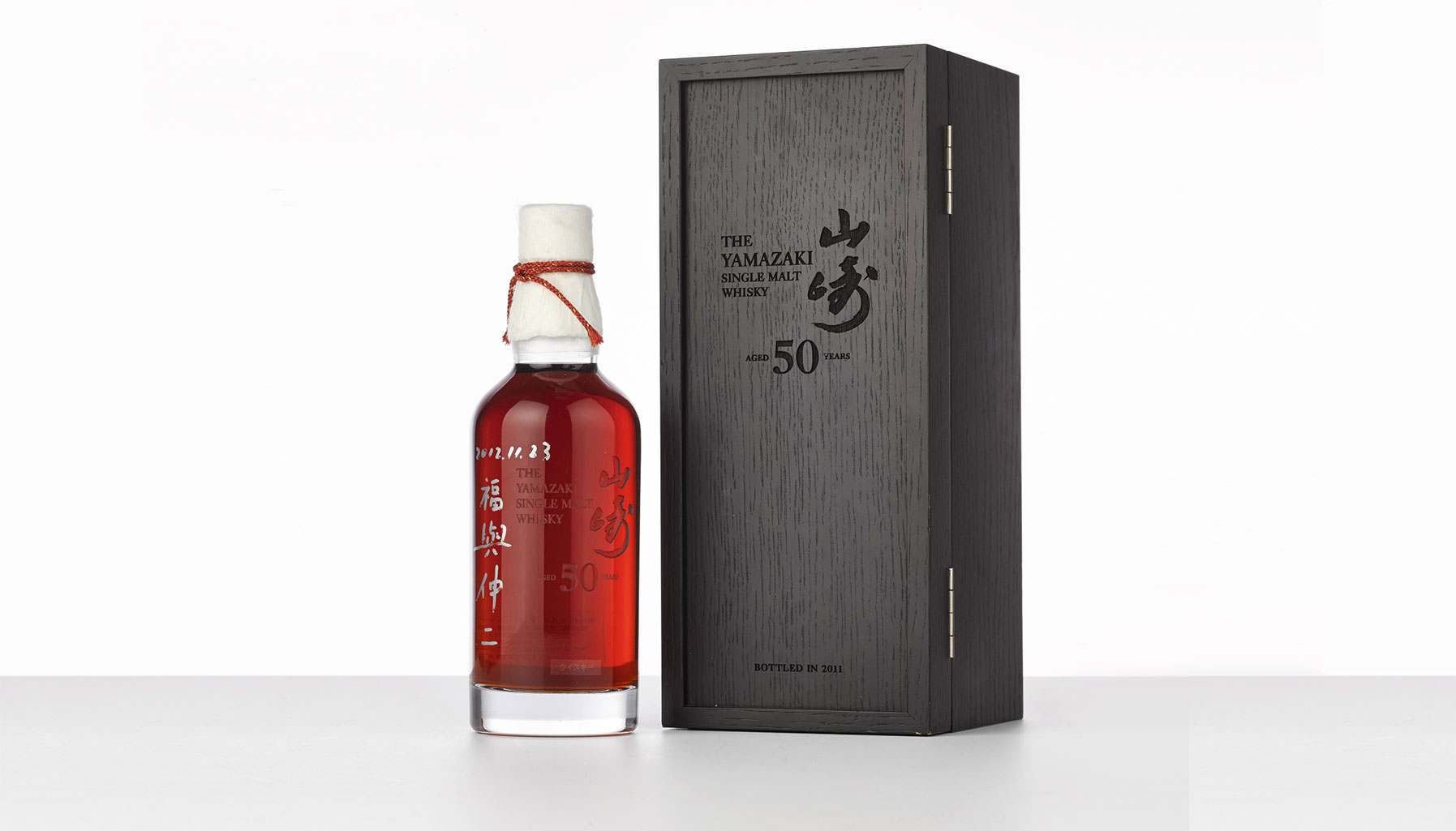Will it provide a boost to the housing market? Or will it spark another property crisis? A recent report by sotheby’s international realty weighs the evidence
The slew of en bloc sales over the last couple of years, which includes a number of properties sitting on prime land in the Core Central Region (CCR), has reopened the heated debate over the desirability of the wholesale replacement of real estate.
One’s view, inevitably, depends largely on whether one is buying or selling. Taking a cooler look at the situation on the island is Sotheby’s International Realty, whose report, En bloc fever, Is it Over-Heating the Private Residential Market?, published in April, analyses past trends to suggest potential supply and demand and its effect on prices.
Between mid 2016 and April this year, 86 sites were sold collectively and through the Government Land Sales (GLS) programme for conversion into new developments to launch to homebuyers between now and the end of next year.



Projects That’ll Launch By End 2018
This means that up to 29 new projects, comprising some 14,200 units, can be launched by the end of the year. Just three per cent of these – 403 units – are in the CCR and include the projects at 3 Cuscaden, 120 Grange, 1 Draycott Park, the former Sloane Court Hotel and River Valley Road. The remainder comprise 13 sites in the Rest of Central Region (RCR) and 10 in Outside Central Region (OCR).
But next year, there are likely to be 57 new projects, yielding just over 15,000 units. Of these, 4,000-plus units are located in the CCR, on sites including Casa Contendere, Crystal Tower, Dunearn Gardens, Pacific Mansion, Royalville, The Estoril and Tulip Garden as well as two GLS sites at Fourth Avenue and Handy Road, raising the prospect of a sizeable choice of exclusive new homes coming onto the market. The RCR is expected to provide some 6,200 units, with the remaining 4,300-plus units in the OCR.
How does this relate to past situations? The report deems that 15,000 units – slightly fewer than the number released annually from 2009 to 2011 in the three years of recovery following the 2008 sub-prime mortgage crisis – is manageable for three reasons: the market is now recovering; developers have already sold most of their existing properties thus reducing their unsold inventory; and they are likely to manage their supply and sales rate to avoid incurring unwanted costs such as the Additional Buyer’s Stamp Duty and extension charges.
The report adds that the current mass of en bloc sales is likely to slow down soon; firstly, as most developers have already amassed an ample land bank over the past two years, and secondly, as the rise in land prices over that period is making them more choosy over their en bloc purchases.



Should You Buy Now? Or Wait For The Market To Cool?
In the three years of post-2008 recovery, the average annual sales of new homes and resales were 15,628 and 16,111 respectively. Despite government measures to prevent prices from rising, very low interest rates, high liquidity and foreign investment buoyed up sales. This trend was reversed only when the government’s introduction of the Total Debt Servicing Ratio (TDSR) in June 2013 led to a price drop of 10.4 per cent and reduced sales.
Last year, however, the government’s “calibrated adjustments” to the seller’s stamp duty and TDSR framework, together with an improved global economy outlook, lifted sales again. After three years of a sluggish market, sales surged, accompanied by a 3.1 per cent rise in the price index in Q1 this year.
On these figures, Sotheby’s predicts an increase in sales of 10 to 15 per cent over last year’s level, which would bring about an expected demand of 11,500 to 12,000 new homes sales this year, with 12,000 to 13,500 next year, while resale homes will remain at last year’s level.


How Much Should You Expect To Pay?
Over the last 15 months, the high-concentration areas of Serangoon/Upper Serangoon Roads show a rise in prices of some 35 per cent. Over seven months, prices in Bukit Timah/Holland Roads show a rise of around 13 per cent while Orchard/River Valley Road saw a nine per cent increase over 18 months. This is due to a combination of existing developers eager to replenish their land bank plus the arrival of foreign developers resulting in serious bidding. New launches in Holland Road and Bukit Timah are now priced at $2,300 to $2,500 psf, with those in the Orchard at more than $3,000 psf.
Sotheby’s is cautiously optimistic that the residential market will not over-heat in the next 18 months. Homebuyers have not forgotten recent years – and if they have, the government will be watching carefully, no doubt ready to step in with any necessary measures.
The social arguments against collective sales – that they can break up communities, destroy our heritage, discourage more productive forms of enterprise, and make young people struggle to get on the property ladder – will all receive an airing. But it seems that Singaporeans are not ready to end their love affair with the en-bloc sale yet.






